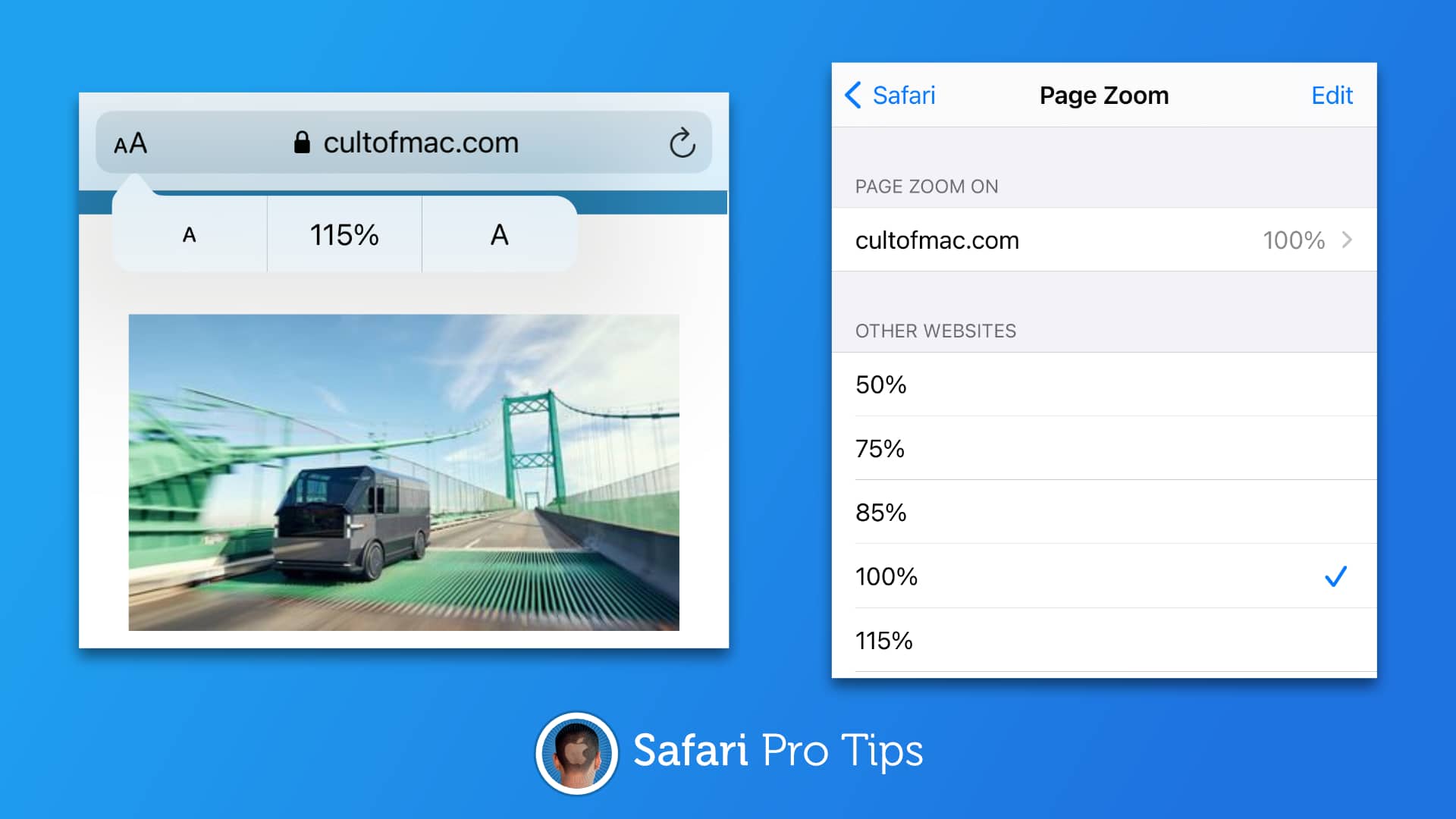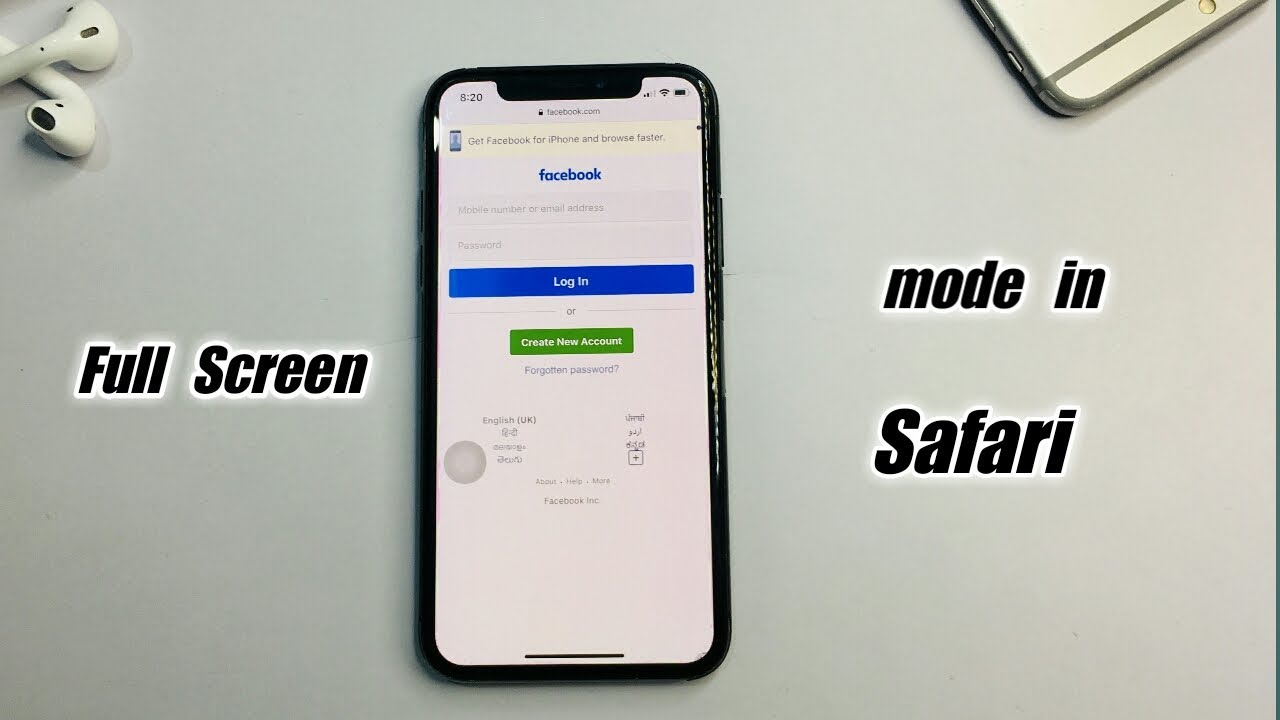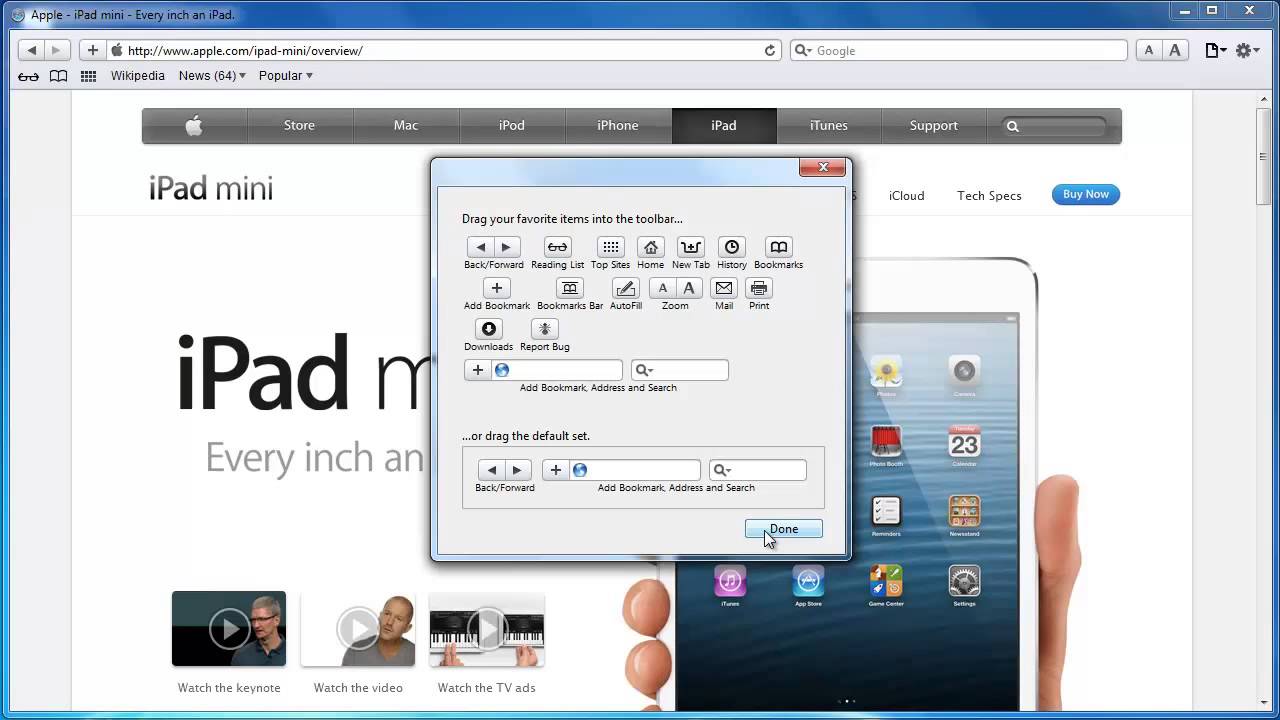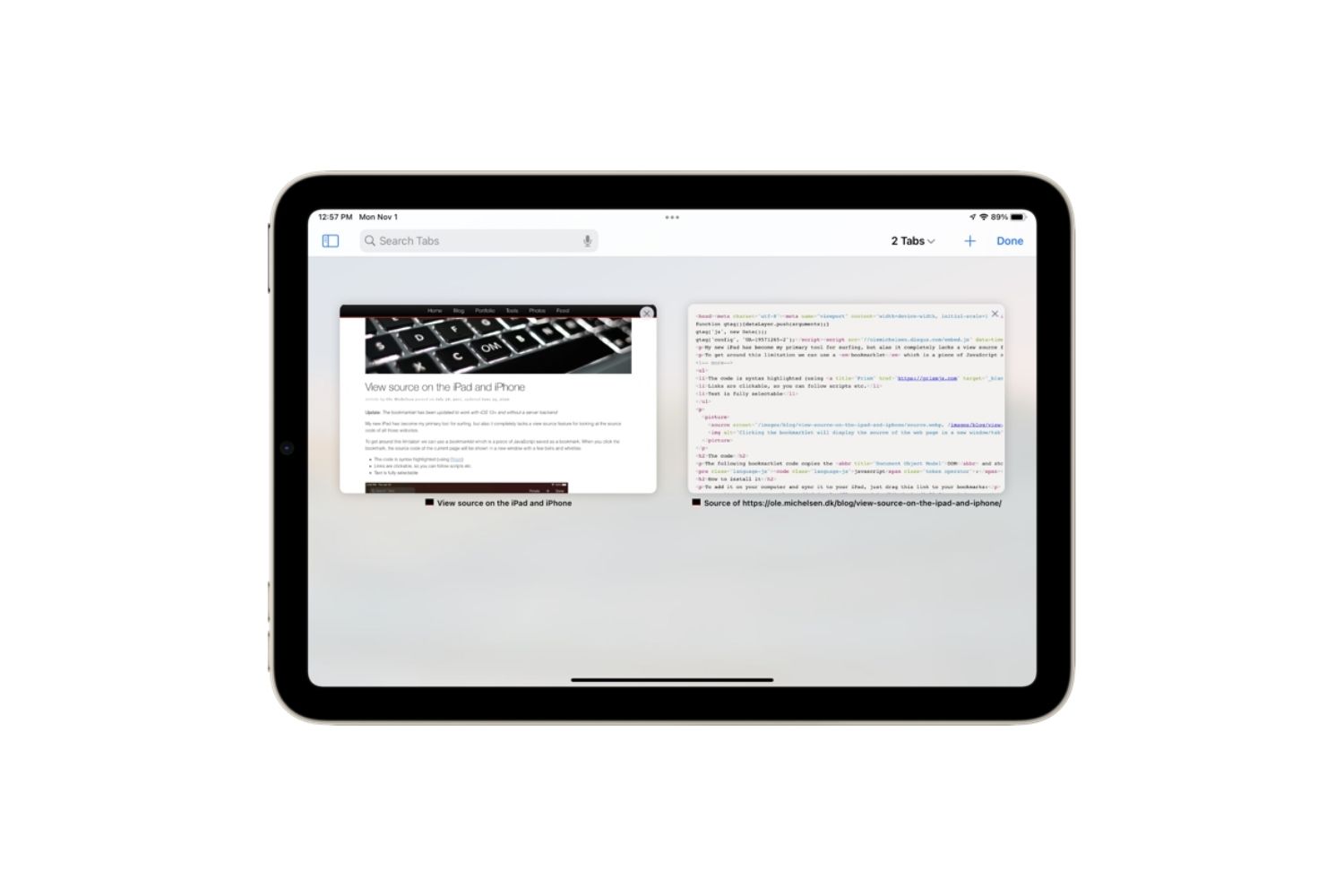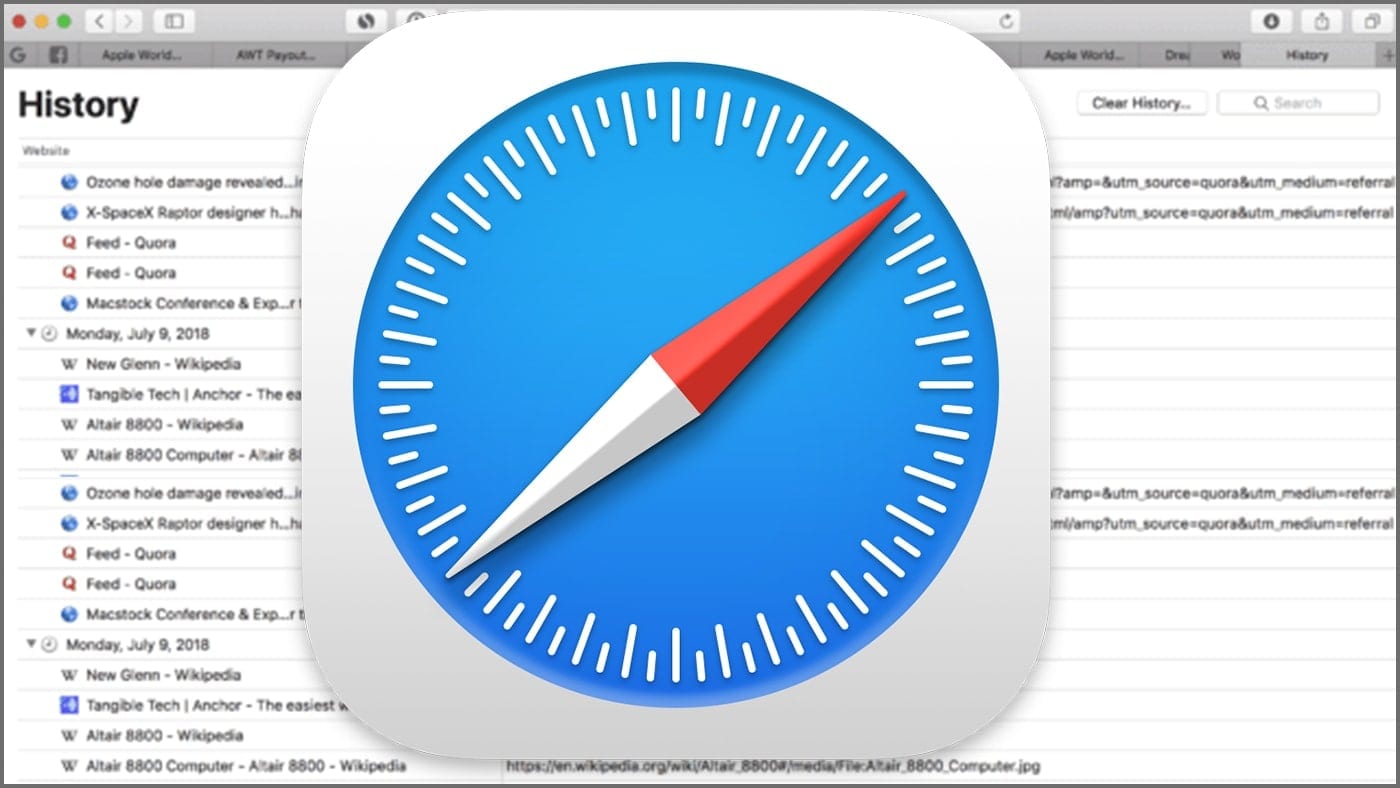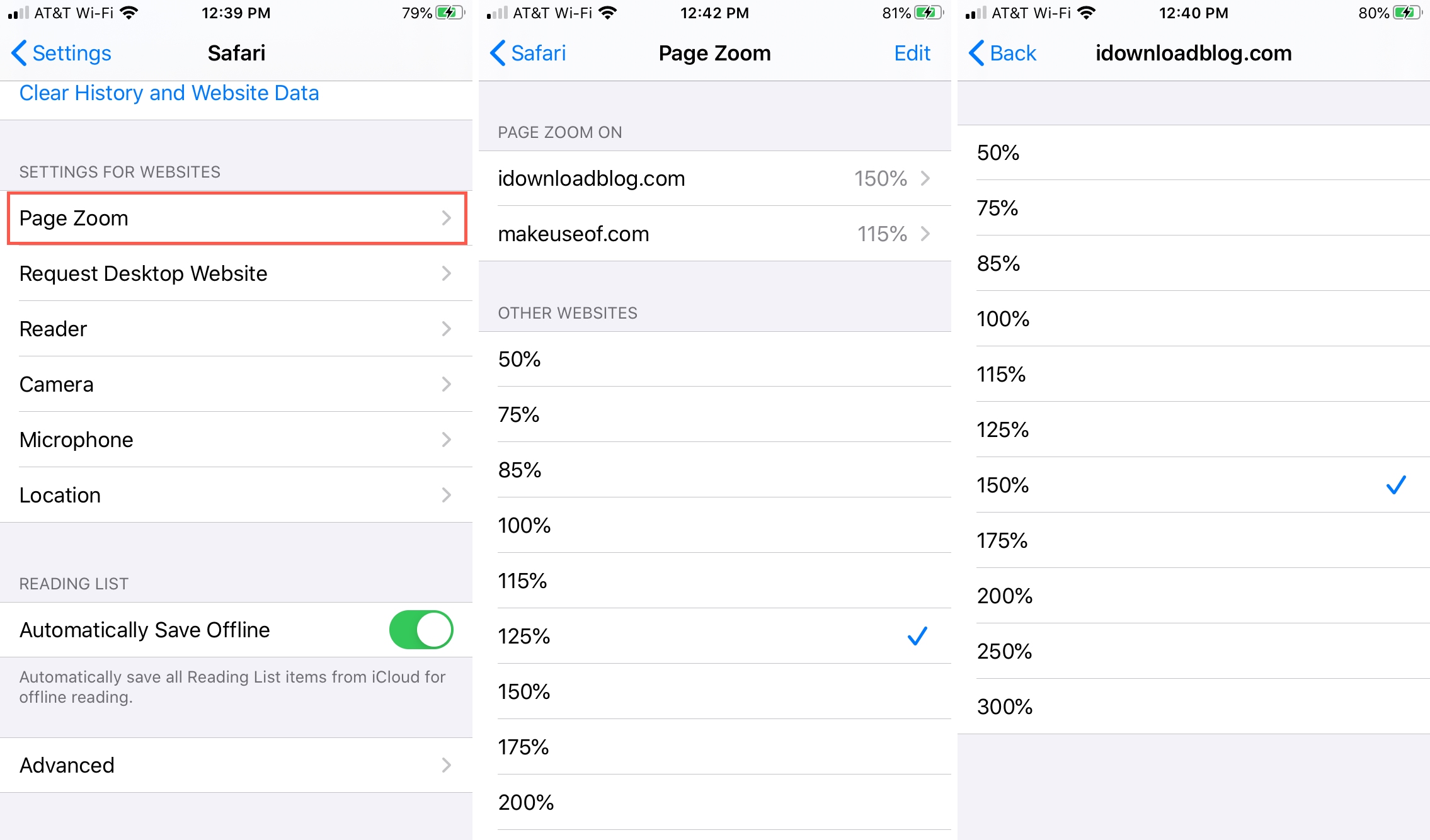Common Reasons for Safari Zooming In
Safari, the default web browser for Apple devices, is known for its user-friendly interface and seamless browsing experience. However, users may encounter instances where Safari appears to be zoomed in, causing frustration and hindering the browsing experience. Understanding the common reasons behind this issue can help users troubleshoot and resolve the zooming problem effectively.
-
Accidental Zoom Gesture: One of the most common reasons for Safari appearing zoomed in is accidental touchpad or trackpad gestures. Users may unintentionally trigger the zoom feature by pinching or spreading their fingers on the trackpad, leading to an unexpected zoomed-in view of the web page.
-
Browser Settings: Safari's default settings can sometimes lead to unexpected zooming. For instance, if the browser's default zoom level is set to a higher percentage, it can cause web pages to appear zoomed in by default, even when users haven't intentionally adjusted the zoom level.
-
Responsive Web Design: Many modern websites are designed to be responsive, meaning they adapt to different screen sizes and resolutions. However, certain websites may not render properly on Safari, causing them to appear zoomed in or out of proportion.
-
Accessibility Features: Apple devices offer a range of accessibility features to accommodate users with different needs. Some of these features, such as Zoom and Magnifier, may inadvertently affect the browsing experience in Safari if they are activated or configured in a way that interferes with the browser's default zoom settings.
-
Browser Extensions: Third-party browser extensions or add-ons can sometimes interfere with Safari's default behavior, leading to unexpected zooming issues. These extensions may manipulate the zoom level or display settings, causing web pages to appear zoomed in without the user's explicit input.
Understanding these common reasons for Safari zooming in can empower users to take proactive steps to address the issue. By identifying the underlying cause, users can effectively adjust Safari's settings, troubleshoot potential conflicts, and optimize their browsing experience.
How to Adjust Safari Zoom Settings
Adjusting Safari's zoom settings can significantly improve the browsing experience and mitigate the frustration caused by unexpected zooming issues. Whether users need to reset the zoom level to its default setting or fine-tune the browser's display preferences, Safari offers a range of options to customize the zoom behavior. Here's a comprehensive guide on how to adjust Safari zoom settings effectively:
1. Reset Zoom Level
If Safari appears to be zoomed in or out on a particular web page, users can easily reset the zoom level to its default setting. To do this, simply press the "Command" key while pressing the "0" key simultaneously. This keyboard shortcut instantly resets the zoom level, providing users with a standard view of the web page without any magnification.
2. Adjust Zoom Level
Users can manually adjust the zoom level in Safari to suit their preferences. By pressing the "Command" key and the "+" or "-" keys, users can incrementally increase or decrease the zoom level, respectively. This allows for precise control over the display size, enabling users to tailor the zoom level to their specific needs.
3. Zoom Preferences
Safari provides users with the option to customize zoom preferences according to their browsing habits. By accessing the "Safari" menu and selecting "Preferences," users can navigate to the "Websites" tab and adjust the default zoom level for all websites or set specific zoom preferences for individual websites. This feature ensures that web pages are displayed at the preferred zoom level upon loading, enhancing the overall browsing experience.
4. Utilize Pinch-to-Zoom Gesture
For users on touch-enabled devices, such as MacBooks with a Force Touch trackpad or Magic Trackpad, Safari supports the pinch-to-zoom gesture for seamless zoom control. By using a pinching motion on the trackpad, users can zoom in or out on web pages effortlessly, providing a tactile and intuitive method for adjusting the display size.
5. Accessibility Settings
Apple devices offer a range of accessibility settings that can impact Safari's zoom behavior. Users can navigate to the "Accessibility" settings in the System Preferences and customize features such as Zoom and Magnifier to align with their browsing preferences. By fine-tuning these accessibility settings, users can ensure a tailored and optimized browsing experience in Safari.
By leveraging these options to adjust Safari's zoom settings, users can regain control over the display size and enhance their browsing experience. Whether it's resetting the zoom level, customizing zoom preferences, or utilizing touchpad gestures, Safari offers versatile tools to accommodate diverse user preferences and ensure a seamless browsing experience.
Troubleshooting Safari Zoom Issues
When encountering persistent zooming issues in Safari, users can employ various troubleshooting techniques to identify and resolve the underlying causes. By systematically addressing potential conflicts and misconfigurations, users can restore Safari to its optimal browsing state. Here's a comprehensive guide to troubleshooting Safari zoom issues effectively:
Clear Browser Cache and Data
Clearing the browser cache and data can alleviate zooming issues caused by corrupted or outdated temporary files. Users can navigate to the Safari menu, select "Clear History," and choose the appropriate time range to clear browsing history, cookies, and cached data. This process can refresh Safari's data storage, potentially resolving zoom-related anomalies.
Disable Browser Extensions
Third-party browser extensions or add-ons may interfere with Safari's default behavior, leading to unexpected zooming problems. Users can disable extensions one by one in the Safari preferences to pinpoint any conflicting add-ons. By selectively disabling extensions and testing Safari's behavior, users can identify and remove the culprit causing the zoom issues.
Update Safari and macOS
Ensuring that Safari and macOS are updated to the latest versions is crucial for resolving potential software-related issues. Users can check for updates in the App Store and install any available Safari or macOS updates. Updated software often includes bug fixes and performance enhancements that can address zooming issues and improve overall browser stability.
Reset Safari Preferences
In some cases, corrupted or misconfigured browser preferences can contribute to zooming problems in Safari. Users can reset Safari's preferences to their default state by navigating to the Safari menu, selecting "Reset Safari," and choosing the desired options for resetting various settings. This can help eliminate any conflicting preferences that may be causing the zoom issues.
Test in Private Browsing Mode
Switching to Safari's private browsing mode can help isolate zooming issues related to specific user settings or extensions. By opening a new private window and testing the zoom behavior, users can determine if the issue persists in a clean browsing environment. If the problem is resolved in private mode, it indicates that the zoom issue may be linked to user-specific settings or extensions.
Contact Apple Support
If troubleshooting steps fail to resolve the zooming issues in Safari, users can seek assistance from Apple Support. Apple's support channels provide access to technical experts who can offer personalized guidance and troubleshooting assistance tailored to the user's specific Safari and macOS configuration.
By following these troubleshooting steps, users can systematically address and resolve zooming issues in Safari, ensuring a seamless and optimized browsing experience on their Apple devices.







